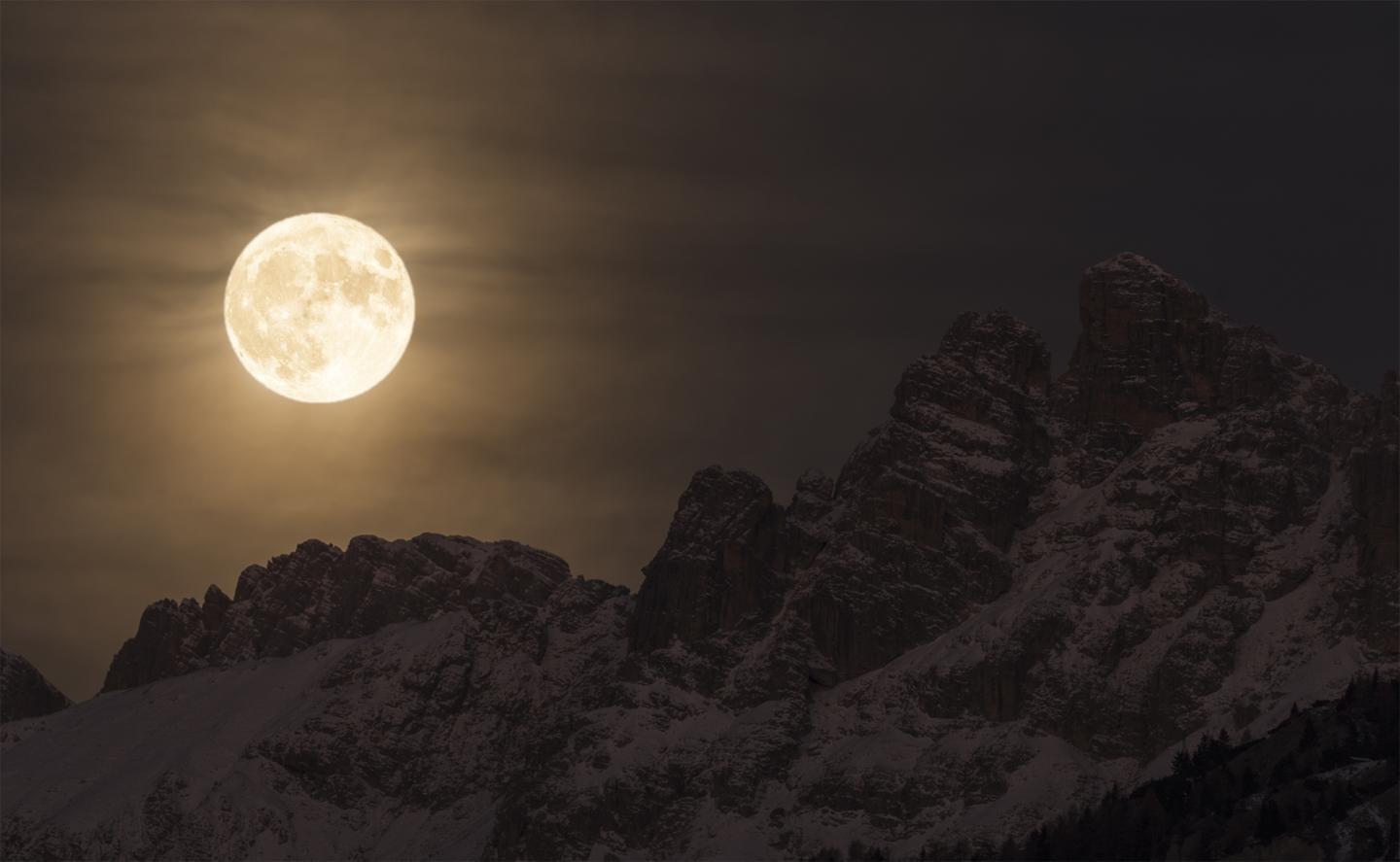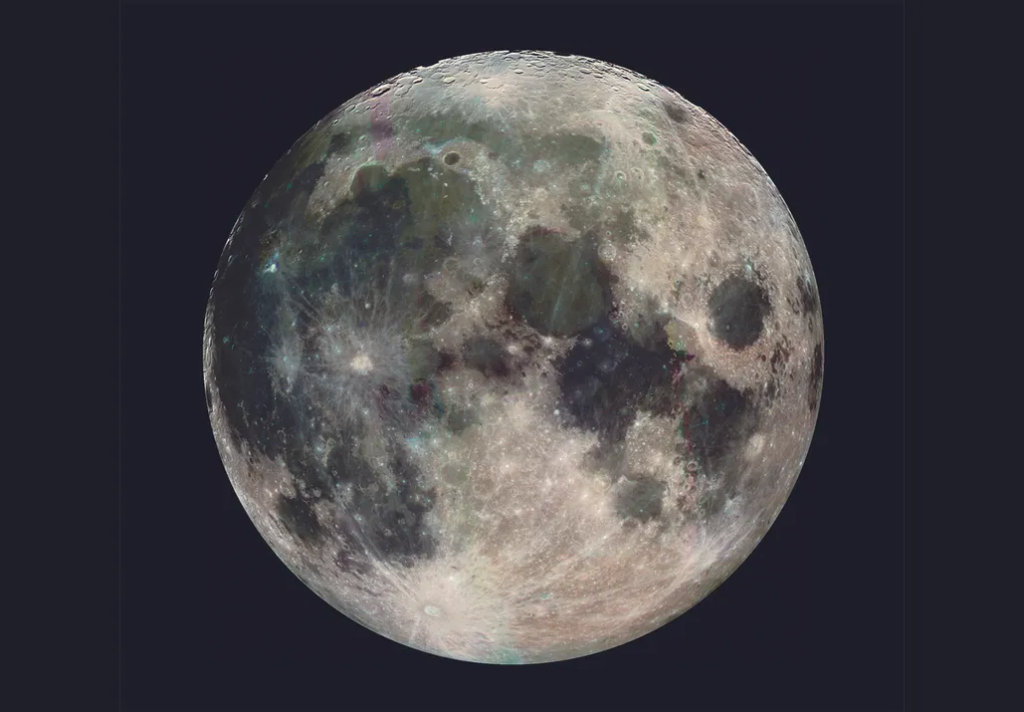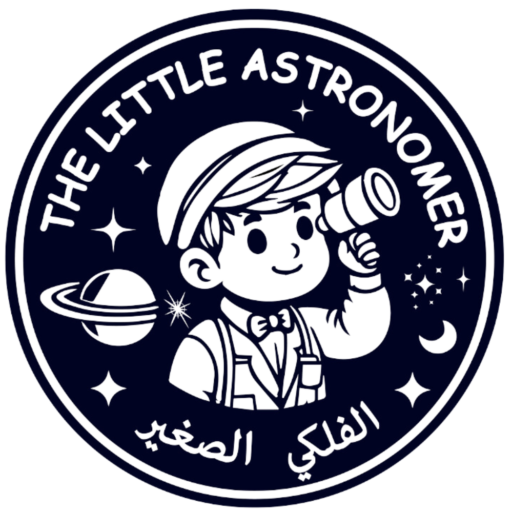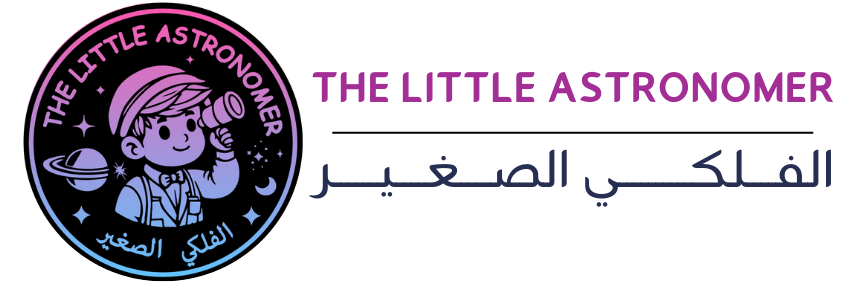
The Moon has fascinated humans for thousands of years. It lights up the night sky, inspires stories and songs, and holds secrets about the universe’s history. Let’s explore some amazing facts about this closest neighbor in space!
What is the Moon?
The Moon is Earth’s only natural satellite. This means it orbits around Earth, just like Earth orbits around the Sun. It’s about 384,400 kilometers (238,855 miles) away from us, which is why it looks so big in the sky compared to other celestial objects like stars and planets.

Why Does the Moon Shine?
The Moon doesn’t produce its own light. Instead, it reflects sunlight. This is why we sometimes see it brightly in the sky at night. Depending on its position relative to Earth and the Sun, the Moon appears in different shapes, called phases. You might have heard of the Full Moon, New Moon, or crescent moon—these are all examples of phases.

What is the Surface of the Moon Like?
The Moon’s surface is covered with craters, mountains, and flat plains called maria (Latin for “seas”). These maria were formed billions of years ago when lava filled large basins. Unlike Earth, the Moon has no atmosphere, water, or weather, so its landscape stays the same for millions of years.
Did You Know Humans Walked on the Moon?
In 1969, NASA’s Apollo 11 mission made history when astronauts Neil Armstrong and Buzz Aldrin became the first humans to walk on the Moon. Armstrong’s famous words, “That’s one small step for a man, one giant leap for mankind,” remind us of how significant this achievement was.

Why is the Moon Important?
The Moon affects life on Earth in many ways. Its gravity causes tides in our oceans. It also helps stabilize Earth’s tilt, which makes seasons possible. Studying the Moon helps scientists learn more about the history of Earth and other planets.
Fun Moon Facts for Kids!
- A day on the Moon (from one sunrise to the next) lasts about 29.5 Earth days.
- The Moon is slowly moving away from Earth at about 3.8 centimeters per year.
- You’d weigh much less on the Moon—about 1/6 of your Earth weight—because it has less gravity.
The Moon might seem like just a big, glowing rock in the sky, but it’s so much more! By studying it, we uncover secrets of the past and imagine possibilities for the future, like living on the Moon or even building a base for exploring other planets.

So, next time you look up at the night sky, remember: the Moon is not just a light in the darkness—it’s a window into the universe waiting to be explored!


